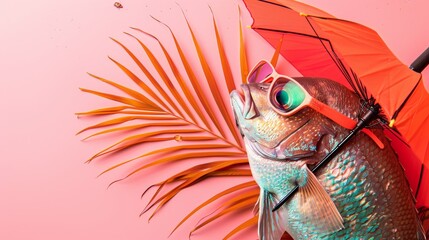Introduction to Vintage Fashion Ads
Enter the magical world of retro fashion ads. Classic advertising have captivated viewers for decades, from glossy periodicals to colorful digital screens. Discover how vintage fashion advertising has evolved from print to digital while preserving its beauty and attraction. Discover the interesting interplay of nostalgia, innovation, and branding in this ever-changing world.
Print Ads affect vintage fashion
Vintage fashion ads originally appeared in magazines and newspapers, capturing viewers with their creative flare and spectacular imagery. Vintage fashion was heavily influenced by print ads. Chanel, Dior, and Gucci showcased their classic designs on glossy pages.
Past print advertising projected glamor and refinement that customers liked. Bold writing, attractive models, and rich surroundings shaped antique fashion. These advertising promoted a luxurious lifestyle as well as things.
This era made Vogue and Harper’s Bazaar associated with high-end fashion advertising. Their pages featured memorable advertisements that defined trends and reflected each company. Modern marketers trying to use nostalgia for their campaigns still look to vintage print advertising.
As technology improved, print ads became digital, changing how companies communicated with customers. However, retro fashion advertising continues to influence style and society.
Transition to Digital Ads:
Vintage fashion ads have evolved from print to digital. Brands now focus on creative customer engagement thanks to technology and internet platforms.
Vintage fashion firms may reach a worldwide audience with digital ads. Social media, websites, and apps allow firms to interact with customers in real time and adjust their marketing strategy.
Vintage fashion firms may now experiment with films, GIFs, and virtual reality thanks to internet advertising. The dynamic strategy has transformed how these firms market their products and communicate their stories online.
Digital advertising data analytics helps organizations follow customer behavior more precisely than before. Brands may optimize advertisements by evaluating click-through rates and engagement.
Vintage fashion firms trying to stay current in a tech-savvy society have infinite opportunities with digital ads.
Social media’s impact on vintage fashion ads
Social internet has transformed antique fashion advertising. Instagram, Pinterest, and TikTok are worldwide runways for vintage fashion. Brands are using these platforms to reach nostalgic and classic design fans.
Influencers promote antique clothes through sponsored posts and partnerships to followers who want unique, historical pieces. Social media’s interactivity lets individuals instantly influence advertising strategies.
Retro fashion groups formed by hashtags like #vintagestyle and #throwbackthursday build brand loyalty. Users may browse selected collections or see behind-the-scenes video of classic ad campaigns with a click.
Platforms’ visual nature lets businesses display their past while keeping current in a fast-paced digital world. Vintage fashion advertising uses social media storytelling to fascinate consumers globally.
Nostalgia and Branding in Vintage Fashion Ads
Vintage fashion ads evoke nostalgia and recollections. Brands use nostalgia to appeal to consumers’ yearning for authenticity and history.
For nostalgia, vintage fashion advertising incorporate classic symbols, styles, and allusions from certain historical periods. Brands may elicit sentiment and nostalgia by using retro typeface or graphics.
Through nostalgia-driven branding, organizations showcase their legacy and stories to stand out in a crowded market. Reminiscent vintage fashion advertising can appeal with consumers that value old-fashioned workmanship and artistry.
Nostalgia helps vintage fashion advertisers create brand loyalty with traditional and elegant consumers.
Vintage Fashion Advertising Future
Technology will continue to shape vintage fashion advertising in the future. The rise of digital marketing and social media gives firms more inventive methods to contact their consumers.
Influencer collaborations and immersive experiences may dominate vintage fashion advertising. Brands may reach younger audiences while keeping true to their past by working with retro-style influencers.
AR filters and virtual try-on capabilities will also become popular, letting customers interact more personally with historical fashion commercials. Interactive and tailored content will help firms engage with their audience and stand out online.
Vintage fashion advertising’s future is full with creative possibilities. Brands may retain their appeal and modernity by adopting new technology and customer habits.
Conclusion
Vintage fashion advertising has evolved from print to digital and social media. Technology, customer behavior, and marketing tactics all influence vintage fashion ads.
Vintage fashion advertising will continue to evolve and develop to appeal to current consumers while capturing the nostalgia and everlasting appeal of bygone periods. Brands can build meaningful ads that captivate customers by combining conventional and digital aspects.
Fashion advertising is ever-changing, yet storytelling and innovation always capture hearts and minds. Emotion and elegance will always be the appeal of vintage fashion commercials, even as they change. So whether you’re browsing a vintage magazine or Instagram, look for these legendary commercials that have changed the industry over decades. Vintage fashion advertising has always had more history to be produced.



